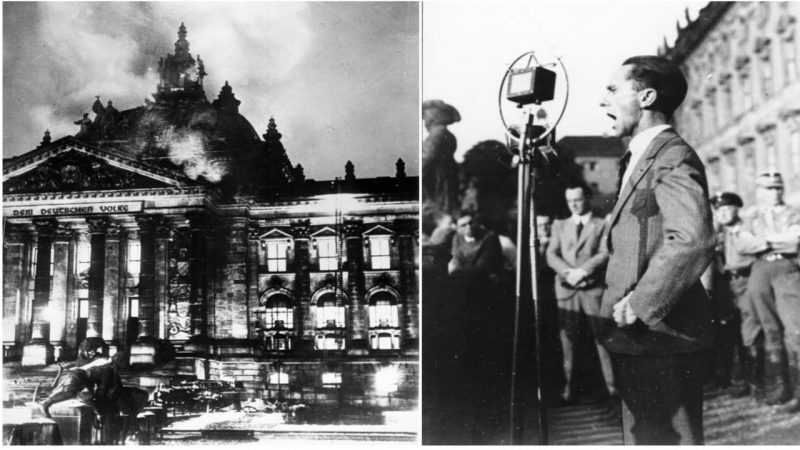It was the evening of 27 February 1933, and shortly after 9 PM, the Berlin Fire Department received a message that the Reichstag was on fire. The building was engulfed by a huge blaze, and the firemen needed more than two hours to put it out.
After inspecting the remains, the firemen and the police found about twenty bundles of flammable material unburned and lying around.
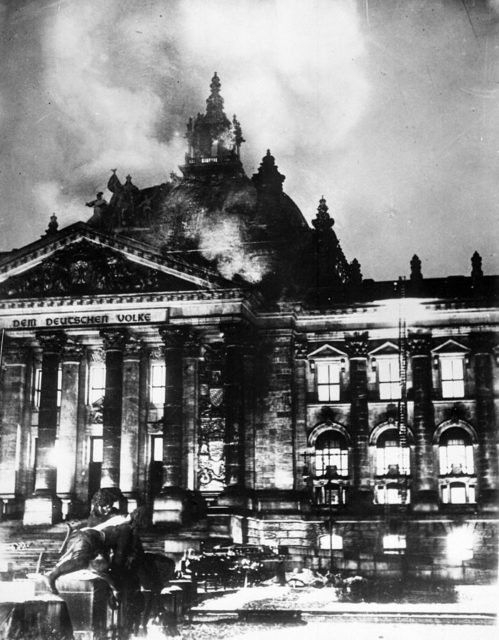
Allegedly, during this time, the freshly sworn Chancellor of Germany, Adolf Hitler, was having dinner with Joseph Goebbels, who was to be the Minister of Propaganda in Nazi Germany. Goebbels had received the urgent call telling that the German parliament was on fire, but at first, he regarded it as fake news and hung up. As the phone rung for the second time, he shared the news with Hitler. The leader of the Nazis called the fire a “sign from God”, and said that it was the final trigger to start a Communist Putsch. Both of them quickly rushed toward the Reichstag, where along with other party members, they declared this was a deed of the Communists and Socialists.
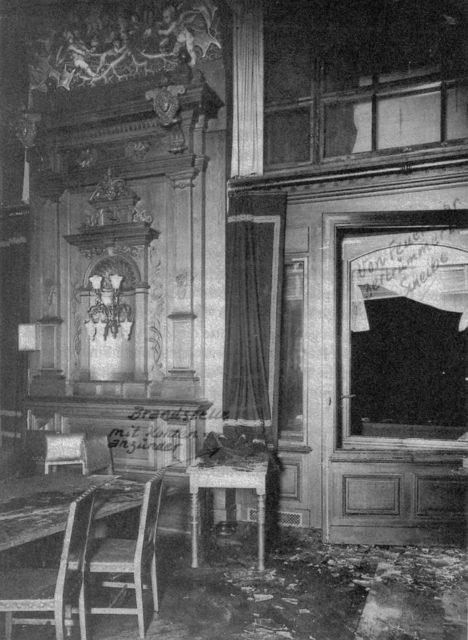
According to Rudolf Diels, head of the Prussian Political Police, who was also at the Reichstag that evening, Hitler had completely lost his temper at that point and shouted that he would show no mercy to those responsible. Diels had further claimed that Hitler ordered that every communist official should be “shot where he is found” and that “communist deputies must be hanged this very night.” (Lucifer ante Portas by Diels, 1950)
Initial investigations showed that the fire was a committed crime by a young Dutch unemployed bricklayer who had just recently arrived in Germany. His name was Marinus van der Lubbe, and after being accused of using arson for setting the parliament on fire, he was sentenced to death. However, the Nazis pushed their propaganda and further blamed the communists. According to them, the fire was an attempted plot against the German government. Following the arrest of the Dutch, in February 1933, the police further arrested three Bulgarian men: Georgi Dimitrov, Vasil Tanev, and Blagoi Petrov. They were known to the German police as senior Comintern operatives, whereas Dimitrov was also the head of the Comintern operations in Western Europe.
On the other side of the story, the whereabouts of the Reichstag fire and Hitler’s statements that it was the communists who were behind it, were fitting perfectly the dangerous political game he was playing since his first day as chancellor. After all, it might not have been just a “sign of God”, but possibly a well played scenario. He was elected chancellor just a few weeks before, on the 30th of January and was looking to fortify his power with greater legal authority.
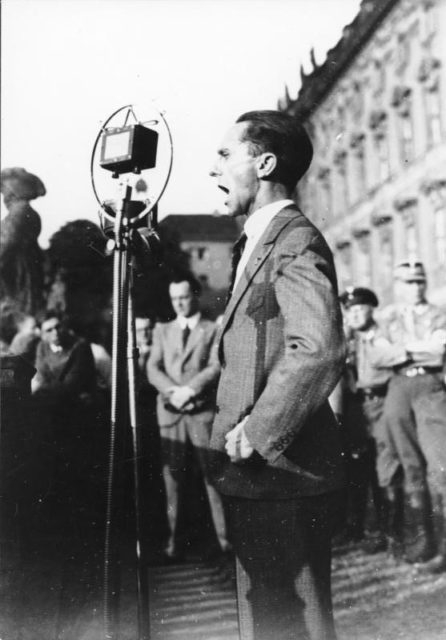
Hitler was seeking a majority in the parliament and any opportunity of disposing of the communist party was most welcome. As Chancellor, he was to form a coalition and lead the new government, and the first thing he did was ask German President Paul von Hindenburg to dissolve the Reichstag and call early parliament elections. The elections were indeed scheduled for 5 March 1933.
In fact, Hindenburg was virtually under the charms of Hitler, and he would sign just any paper that was put in front of him. Hitler’s intention was that he would also have him sign the Enabling Act, using Article 48 of the Weimar Constitution. Under Article 48, the Enabling Act granted power to the Chancellor to pass laws by decree, without the need of the Reichstag. An important legal aspect about it was that it also required the vote of a two-thirds majority in the German parliament. By January 1933, the Nazis only had about one-third of the seats.
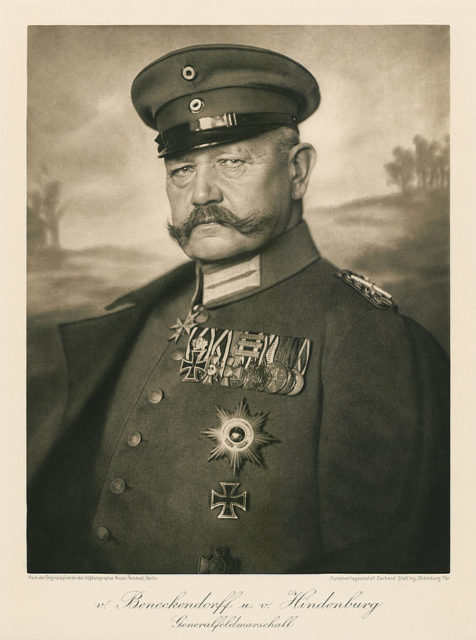
The Reichstag Fire was the perfect opportunity for Hitler to ask the President to grant him the rights as deemed under the particular article of the constitution. That was what happened next. Issued as the Reichstag Fire Decree, most of the civil liberties in Germany were instantly suspended, including freedom of speech, freedom of the press, and the right of public assembly. All of these rights were never redeemed under the Nazi regime. The decree further enabled the Nazis to commit mass arrests of communists, including the Communist Party parliamentary delegates.
To date, historians are still divided about who was exactly responsible for the Reichstag fire. Some disbelieve that van der Lubbe acted solely on his behalf, or as the Dutch had stated, in order to protest the condition of the German working class. On the other hand, there were the Nazis who by large accused the Comintern of the act. Other historians further support the theory provided by the Communist Party, that the arson was planned and ordered by the Nazi as a false flag operation. Whatever really happened, it was nevertheless a crucial event that helped the Nazis push their agenda and initiate the Second World War five years later.
